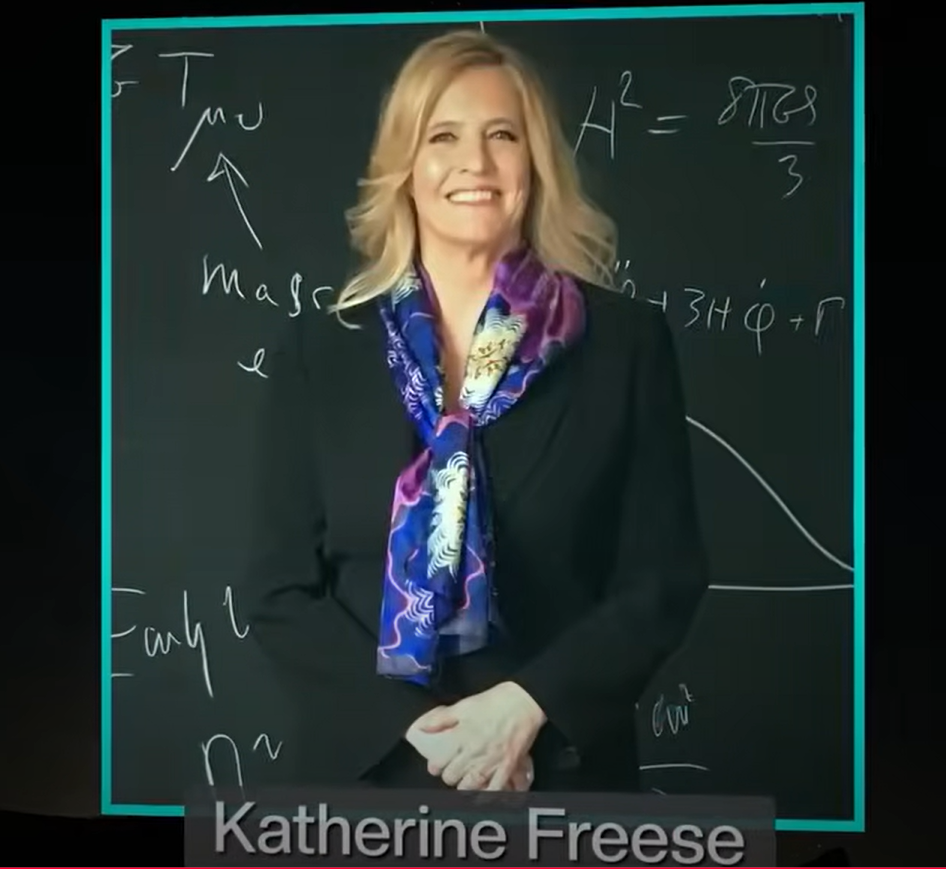Hello friends, recently the James Web Space Telescope has detected such a star. A star made of matter that we cannot even see. We can only observe the effects of a star’s existence and from that predict its existence in the universe. Well, I am talking about dark matter star.
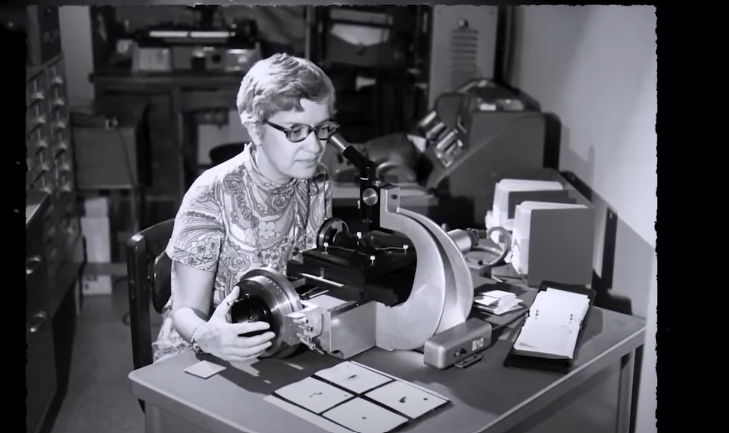
Now dark matter, as you know, is a special type of matter that neither absorbs nor reflects light. So, what is the reason behind this that the dark mystery that has been going on for almost 90 years has finally been solved. And is this dark matter what gave birth to the stars and black holes of the universe? Well friends, as you all know dark matter is one of the biggest mysteries of physics which scientists have not been able to solve till date.
And well, to understand the connection between dark matter stars and normal stars, we need to go back a bit in time. At the same moment when the Big Bang happened, the universe began. So, positively charged hydrogen atoms had started forming in the universe soon after the Big Bang. But simultaneously, during this atom formation, the universe expanded very rapidly and was also cooling down.
Because of this, just 20 minutes after the Big Bang, a turning point came in the formation of the universe. At this point, due to expansion, the total energy of the universe decreased to such an extent that hydrogen stopped fusing. But today we all know that is not the case. In fact, stars exist even today.
But what is it that triggers star formation? Well friends, at exactly this point scientists also found a mathematical gap. Meaning the results are not consistent. And that is why scientists had to predict the presence of a special type of matter here. Only with its addition could hydrogen atoms fuse in the conditions of the early universe.
And this matter was then called dark matter. Now as I said, as soon as you add dark matter to the Big Bang Theory, our calculations start making sense. As if all the missing puzzles come together and we are able to make sense of the big picture. And the effects of the presence of dark matter have been experienced many times in the literature.
Now for context, dark matter as we know it does not interact with any particles except for one force which is gravity. So, for now, just remember that dark matter’s best friend is gravity and the friendship between the two is strong. Now let ‘s move on to the next story. So, when it was first detected in 1930, scientists were quite confused about the origin of this strange form of matter.
But by 1980, some particle physicists proved theoretically that dark matter, like normal matter, was also created at the time of the Big Bang. The only difference was that they were made of a different class of subatomic particles, WIMP i.e. Weakly Interacting Massive Particles. So, a different type of particle class was created called Vim.
Now, when a lot of particles of this dimensional category gather at one place, they start attracting the normal matter towards themselves gravitationally and according to scientists, something similar happened in the early stages of the Universe. At a time when there was not enough energy for hydrogen atoms to fuse, these clumps of dark matter particles gravitationally attracted the hydrogen atoms together.
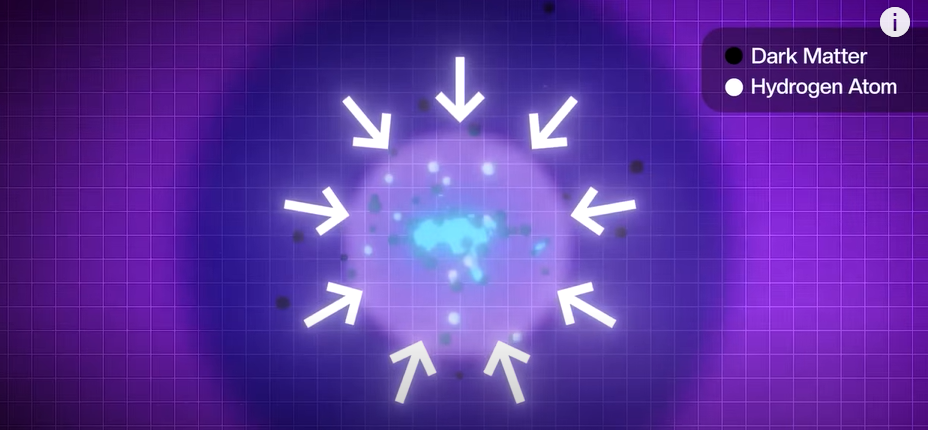
Due to this gravitational force, atoms collided with each other and their energy increased, which enabled fusion to begin in them, and now since star formation began due to the particles of dark matter, some scientists presented the theory that all the stars that were formed in the beginning of the universe were made of dark matter.
But on the other hand, there was a group of scientists who were not at all ready to accept this theory. Now while the debate was going on between these two groups, a new discovery happened which shook the beliefs of the scientists till now. This new discovery proved that Sagittarius A, the supermassive black hole at the center of our Milky Way galaxy, is also made of dark matter particles present in the early universe.
Actually, researchers from these three reputed universities, how did Sagittarius, a supermassive black hole, form 200 million years after the formation of the universe? We were studying this because according to the Big Bang Theory, the first stars of the Universe were formed some 100 to 400 million years later.

And now as we all know when a star explodes in a supernova explosion a black hole is born. And in that too, it takes about 1 billion years for a black hole to become a supermassive black hole. It is not that a supermassive black hole was formed suddenly. So clearly something was missing here. Either the Big Bang theory was wrong or our understanding of black holes was incomplete.
And to verify this, these three researchers created the conditions of the early universe through a supercomputer. In that, he observed that the dark matter particles, i.e. VIMS, present in the universe, first formed a donut shaped disk. And then as that disk continued to evolve, it transformed into a supermassive black hole.
And that too in just 270 million years. Now if seen in one way, then this study was supporting the theory of dark matter stars to some extent. She brought the evidence. Because as you all know, evidence is the most important thing in science. You can make a theory. But then you have to show some evidence to back up that theory.
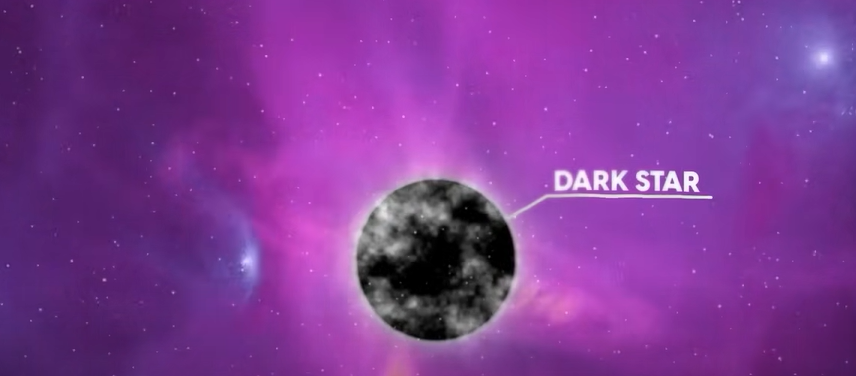
Now the evidence here was that if dark matter particles can create black holes, then why can’t the same particles create stars? And that’s why after the discovery of black holes made of dark matter, astrophysicist Katherine Freese, along with her team, created a theoretical model of the formation of dark matter stars to prove the existence of dark matter stars.
Now according to this model, along with dark matter, these dark stars also contain normal matter i.e. hydrogen and helium. Now let us understand this in simple language. So as you can see in this clip. The formation of stars made of normal matter begins from a cold dark hydrogen cloud known as a nebula.
So, there is a tug of war going on between gravity and pressure in this nebula. In which gravity is attracting the gas molecules inside. And the pressure between the gas molecules is pushing them out. And after a certain point, due to gravity, more and more gas molecules get attracted towards the center. Due to which that center part becomes very dense.
After this the gas molecules present there start heating up. Because where the density is higher, there the pressure is higher, resulting in higher temperature. And a protostar is born. This protostar continues to become hotter and denser for the next 5 lakh years. That means it keeps evolving. Due to which the temperature of its core at the end reaches about 15 million degrees.

Now this temperature is so hot that because of it the hydrogen gas molecules begin to fuse into helium and a star begins to be born. Now, in a similar fashion, dark matter also occurs during star formation. The only difference is that instead of the gravity of those hydrogen molecules themselves, the gravity of the dark matter clouds attracts the hydrogen atoms.
Which is called dark matter capture. And then these dark matter particles give those normal atoms the extra energy which starts fusion. So much energy is radiated in this fusion that despite being made of dark matter, the star appears about 10 billion times brighter than the Sun. That is, unlike normal stars, nuclear fusion in dark stars starts due to dark matter.
But as I said before these were just theories and simulations. Whose first experimental evidence was found in a 13.6-billion-year-old galaxy. In fact, last year, the James Webb Space Telescope, under its Advanced Deep Extra Galactic Survey, discovered three such galaxies whose age was between 13.4 to 13.6 billion years.
That is, just 200 million years after the universe was formed. Now this in itself was a big contradiction. Because it takes approximately 1 billion years for a galaxy to form and mature. And that’s why Katherine and her team assumed that the galaxies captured by the James Webb Space Telescope were not galaxies but stars made of dark matter.
Now because no scientist had captured the dark matter star before this. That’s why Catherine made a model of this star as a test object. For this he took the help of a software named Clustery. But if we understand it in short then in this, we just have to insert the properties of the star. This software will simulate this data and predict the star’s atmosphere and structure.
Katherine did exactly that. They looked at the spectral data of that star, i.e., which wavelengths of light it would absorb, and created a framework for it. Now that the framework was ready, they focused on data from objects observed by the James Webb Space Telescope. But he saw a problem in it. Usually, the James Webb Space Telescope provides images of objects as well as spectral data.
But in this case, there were only images. He had no spectral data. So they passed these images through different colour filters to collect spectral data and break it down into RGB colours to find the peaks of each individual colour. They then plotted a graph comparing that data with software-simulated dark stars.
He did the same with the other two images as well. Now look, you can see these black dots in these graphs, those are the observations of JWST and this blue line is the data of dark matter star obtained from the software. Now if you look carefully then clearly both the data are matching with each other.
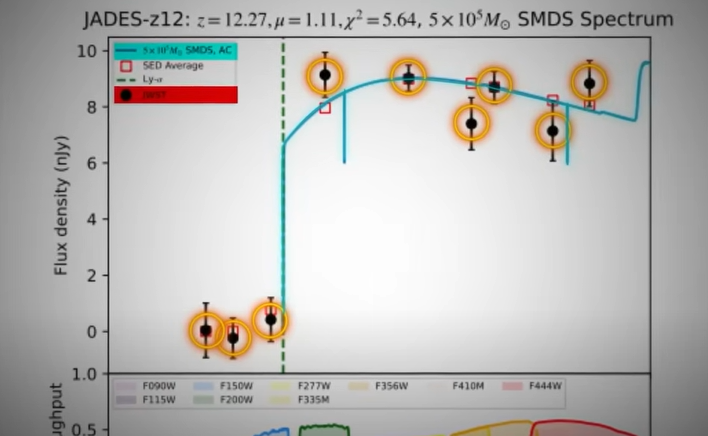
This concludes that all three objects discovered by JWST are dark matter stars. That means in short Catherine proved that dark matter stars exist in the universe. But friends, is it really true? As the dark matter puzzle seemed to be getting solved, Katherine noticed some loopholes in her own methods.
